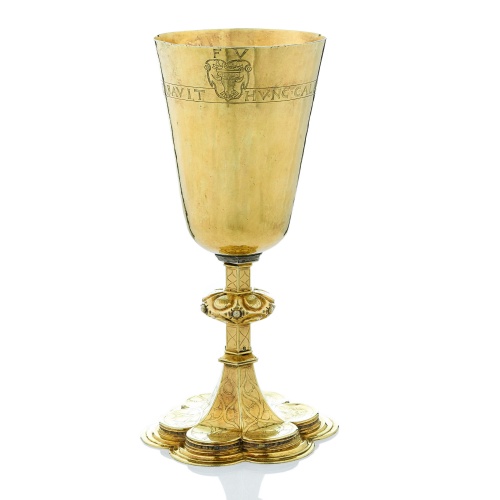The Reformation and Humanism were followed by the Renaissance. Art blossomed in courts and large towns and cities. The printing industry experienced a considerable upswing. Architecture in Mecklenburg achieved national status with Güstrow Palace in the transition from the Italian to Dutch Renaissance. Palaces such as Gadebusch, Wismar (court), and partly also Bützow and Schwerin, showed a particular connection through their terracotta designs. Statius von Düren, from Holland and seated in Lübeck, is believed to have operated in Schwerin a branch for the manufacture of “printed stones.”
Art and architecture 1550 up to 1600
On the timeline through this topic
Choose time period:









